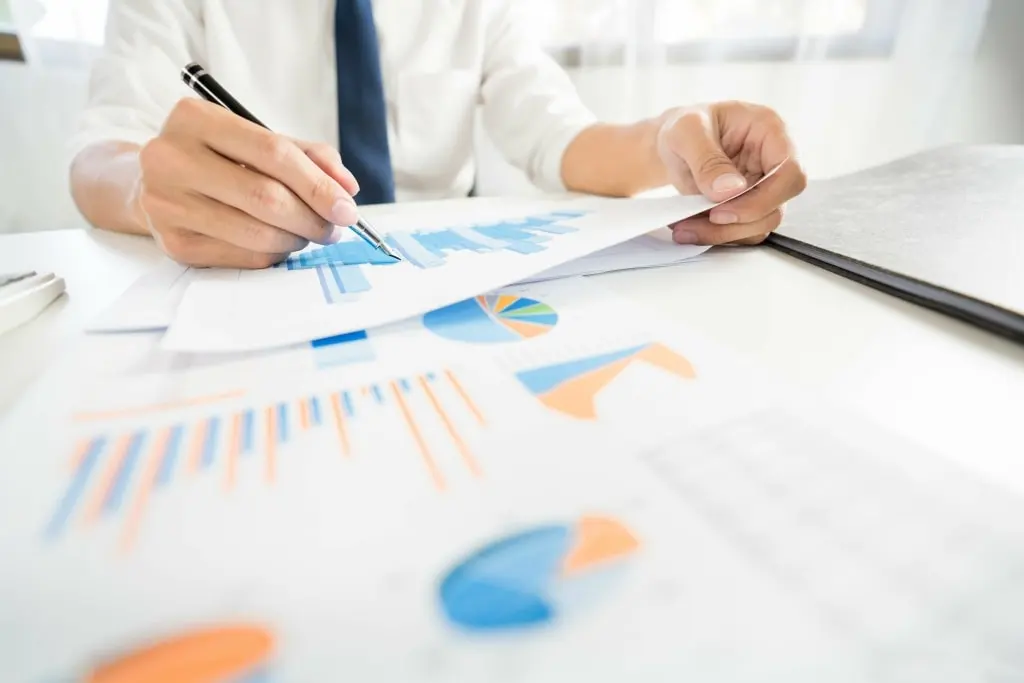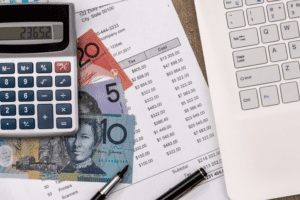
Higher default odds mean lenders or investors expect higher interest rates for compensation. Free cash flow, for example, is the cash that is calculated by subtracting capital expenditures from operating cash flow. Companies use their free cash flow for purposes credit risk definition such as debt and dividend payments.
Bankruptcy: Legal Intervention and Outcomes

Institutional risk can be influenced by many factors, such as the institution’s capital https://www.bookstime.com/ adequacy, asset quality, liquidity management, governance structure, internal controls, compliance culture, and reputation. Downgrade risk can affect the market value and liquidity of a borrower’s debt instruments. A downgrade can increase the borrowing cost and refinancing risk for the borrower.

Supervisory Policy and Guidance Topics
As a business owner, a high-risk profile can lead to less favorable interest rates, lower credit limits, reduced access to funding, or having your loan applications rejected outright. Effective credit risk management is important for mitigating these impacts and ensuring the long-term viability and success of your business. Moreover, banks are required to hold a certain level of capital reserves as part of regulatory requirements like the Basel Accords, which provide a buffer in case of loan defaults. Advanced risk management teams within banks use various measures, including credit scoring models and risk ratings, to manage their portfolio exposure. The health of a banking institution is often tightly linked to its ability to manage credit risk effectively. Credit risk management is the process of identifying, assessing, and mitigating the risk that borrowers may default on loans.

Why is Stress Testing Important for Credit Risk Management?
It’s important to understand your own default risk when you’re making financial decisions. In essence, investing in the bond issue of Company B is a more risky investment when compared to Company A, as the chances of default by Company B are perceived to be higher. Consequently, Company B has to offer higher interest rates to potential investors than Company A to compensate for this additional risk. This is shown in the example below – US Treasuries (for example, the 3-month Treasury) are considered as virtually risk-free securities. Alongside these strategies, many institutions rely on specialized tools and software to track, assess, and manage credit risk. Industry risk occurs when a downturn in a sector, like real estate, raises default chances for borrowers in that industry.
Get more insights on big data including articles, research and other hot topics.

Credit control can be done using various mechanisms and tools, such as credit approval authority, credit limits, collateral requirements, loan loss provisioning, loan review function, audit function, and corrective actions. Ramp’s modern finance platform helps you understand your credit risk and provides in-depth insights into your financial statements. The assumption is that a consumer who has established a reliable record of paying their bills is less likely to be risky in the future than one whose record is more spotty.
- Failures tended to be treated as individual events, resulting in litigation, bankruptcy, or negotiated settlements.
- They can set specific standards for lending, including requiring a certain credit score from borrowers.
- TheRisk division also tests the effectiveness of credit risk managementand internal credit risk controls.
- An essential characteristic of credit risk is that it is controllable; it is not a random force that impacts a company without warning.
- Any lender has to consider hundreds of factors, starting from the existing tax regime to the country’s political instabilities, before arriving at a definite risk number.
Credit Analysis Explained: Evaluate Debt Risk and Default

As a result, Lehman faced huge losses on its mortgage-backed securities and couldn’t repay Suspense Account its own debts. Lenders and investors lost confidence, and the bank filed for bankruptcy in September 2008. To determine the right amount that can be lent to a borrower, financial institutions use credit risk modeling. Lenders use various models to assess risks—financial statement analysis, machine learning, and default probability. But, at the end of the day, none of the methods provide absolute results—lenders have to make judgment calls. Credit Risk analysis simply means evaluating the creditworthiness of a borrower based on multiple financial metrics like their paying capacity, their reputation, and other relevant factors.
